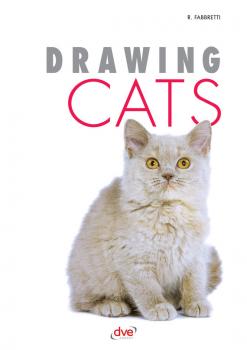ТОП просматриваемых книг сайта:
Parkstone International Publishing
Все книги издательства Parkstone International PublishingАннотация
Аннотация
Аннотация
Информация о книге
Автор произведения Nathalia Brodskaya
Жанр Иностранные языки
Серия Art of Century
Аннотация
Аннотация
Информация о книге
Автор произведения Nathalia Brodskaya
Жанр Иностранные языки
Серия Art of Century
Аннотация
Информация о книге
Автор произведения Joseph Archer Crowe
Жанр Иностранные языки
Серия Art of Century
Аннотация
Аннотация
Аннотация
Информация о книге
Автор произведения Nathalia Brodskaya
Жанр Иностранные языки
Серия Art of Century
Аннотация
Информация о книге
Автор произведения Nathalia Brodskaya
Жанр Иностранные языки
Серия Art of Century










